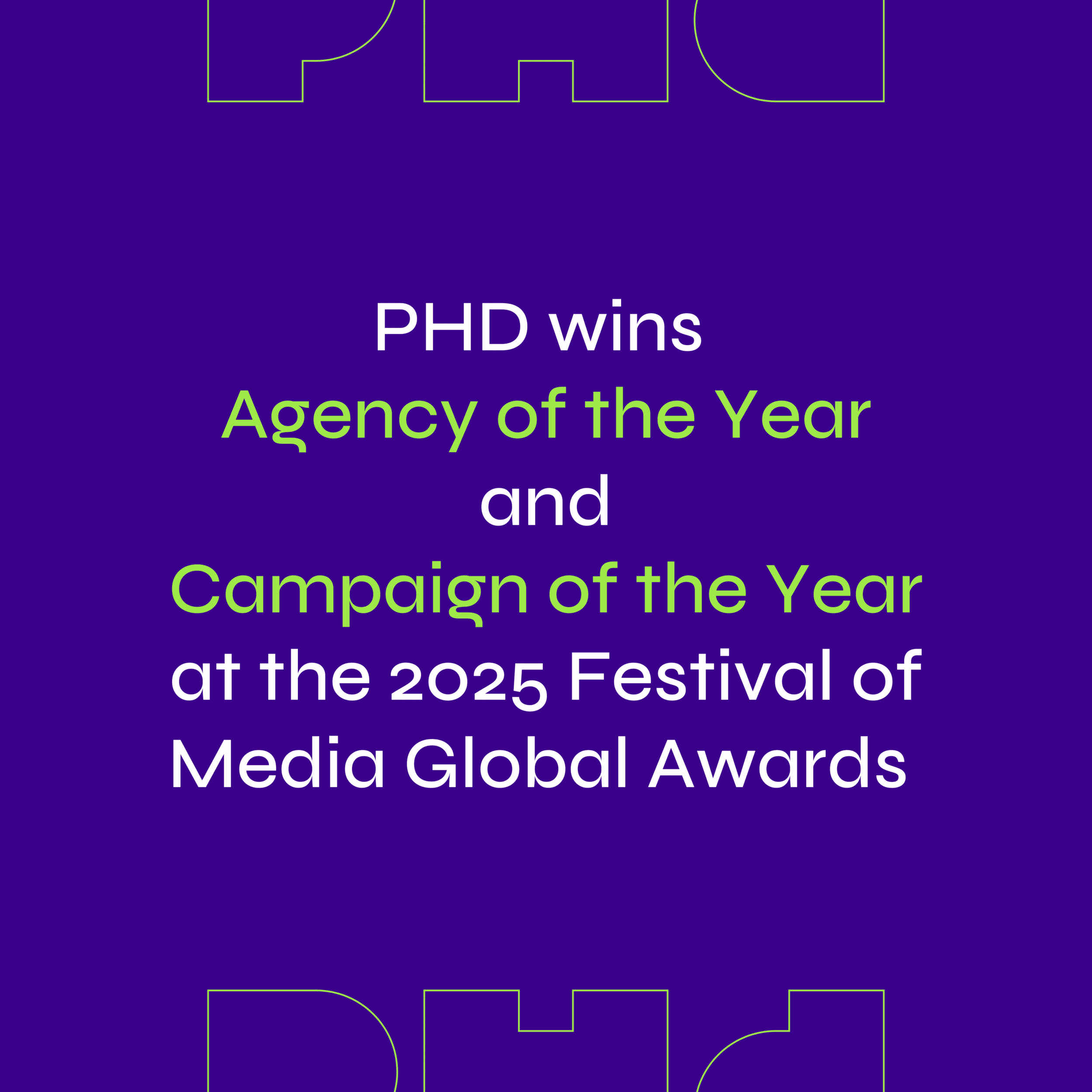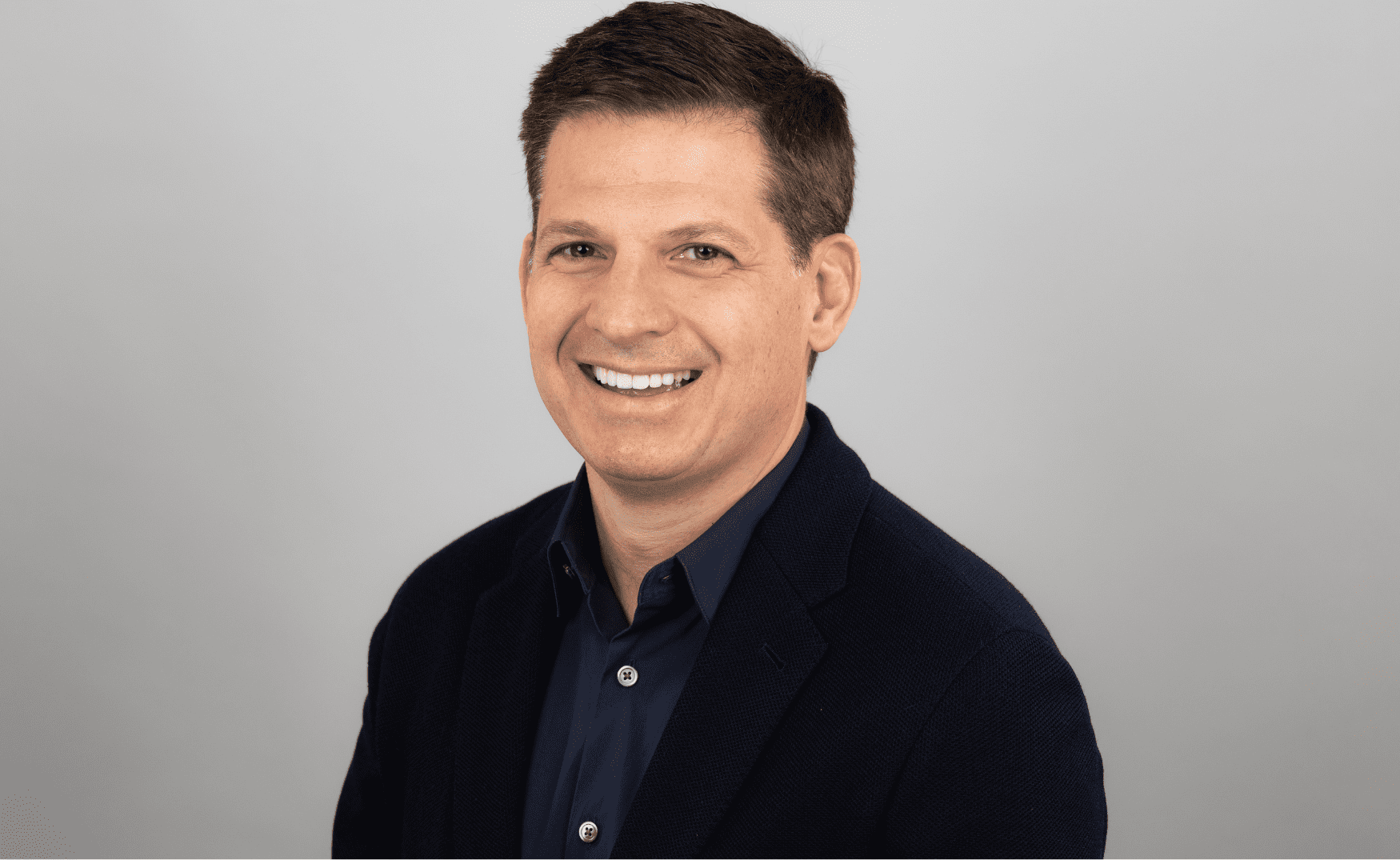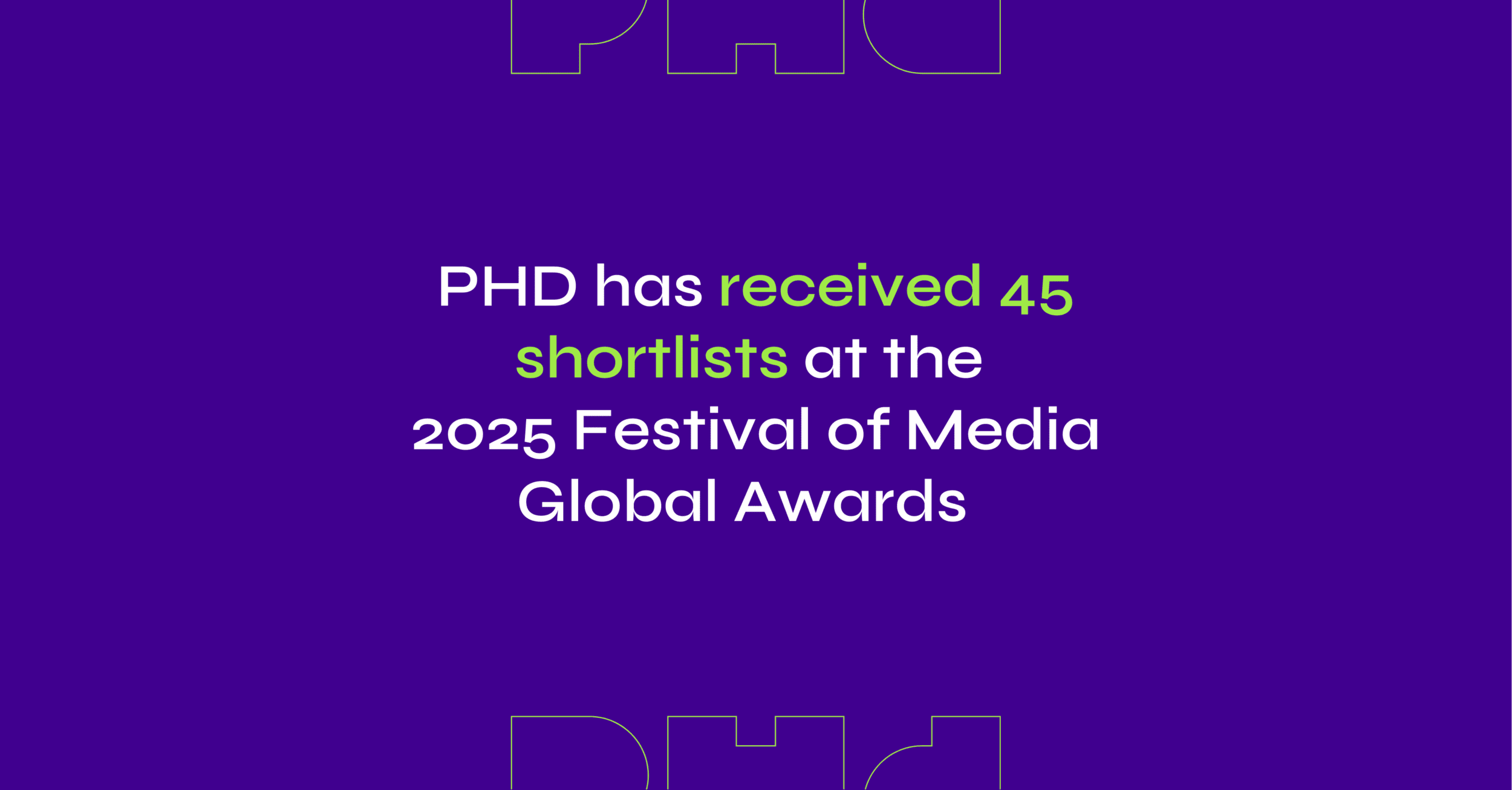Brands will only remain relevant in a changing world by putting people at the heart of their strategies – but that is easier said than done.
Marcel Marcondes, US chief marketing officer at Anheuser-Busch, received a rapturous welcome from the Cannes Lions crowd as he shared the story of how the mega-brewer has re-energised its sales and cultural relevance by focusing on humanising its brands.
In a session entitled ‘Cheers to People! Make brands more human and change the game’, he showed how the Budweiser owner had transformed its fortunes by rediscovering its humanity.
The company realised that in a world of seemingly infinite choice, it risked losing touch with consumers and becoming irrelevant.
“The only way to be relevant to people is by paying attention to them,” he told the session. “If we aren’t paying attention to them, they won’t pay attention to us,” he added.
Marcondes outlined four rules that had guided the brand owner’s journey to humanising its approach to marketing and putting people at the heart of the brand story.
First, brands need to speak the language of their consumers. This seems obvious. But their language and culture is changing so quickly, brands struggle to keep up.
People watch far fewer TV ads as they are spending more time on Netflix watching content series. To adapt to this trend, AB decided that instead of doing a traditional TV ad campaign for Bud Light – America’s biggest beer brand – it would create a Game of Thrones-style content series. A set of characters were created, such as the king, the Bud Knight, the Queen, and promotions were based on a fictional medieval world.
They invented a catchphrase – Dilly Dilly – to toast drinking a Bud Light. As Marcondes explained, “Dilly Dilly, that’s how we toast in that world. It is amazing to see that when you start to speak consumers’ language they start to speak ours as well. One day we woke up and the whole country was saying Dilly Dilly, it was awesome. That is when you know you are doing something important and you are becoming part of culture.”
Another campaign promised free beer to supporters of American football team Cleveland Browns if it managed to win a game after a losing streak of 19 games. Bud Light placed Victory Fridges in ten bars in Ohio and promised to open them and give away beer if the team won a game. Eventually, the Cleveland Browns did win and the fridges were unlocked. The campaign achieved huge coverage in the media, with some calling it “the greatest promotion in the history of promotions.” It notched up some 946 million impressions on social media.
The second golden rule is to break stereotypes about consumers. “We were shallow in describing consumer targets, for example when we thought about what is keeping students awake at night. You’d probably think it’s parties, but when we went beyond the stereotypes we realised something else was keeping them awake at night – student debt.”
AB took the $1m marketing budget of its Bud Natural Light brand, which is popular among students, and ran a competition offering 40 students $25,000 to help with their student debt if they made a winning video about life at college. The competition was a huge hit with the target market and helped boost sales of the brand, better known as Natty Light. “If you can overcome stereotypes, you become relevant to people and they really embrace your brand,” said Marcondes.
Another vital strategy is to give people what they want. As the marketer said: “I was educated to sell people what I make rather than to adjust what I make to better solve their needs. That is a big change in mindset and that is what we are trying to apply every day.”
The company achieved this by watching the biggest trends – such as the move to natural, organic products. AB launched Bud Ultra Gold Organic Beer. It also noticed a trend for people to mix their Bud with whisky.
“Our immediate instinct was danger – someone is invading our space,” said Marcondes.
But then the company decided to embrace the trend and launched Budweiser Reserve Copper Lager, which was brewed on real Jim Beam Bourbon barrel staves.
Lesson four is to show people you care about them. “It’s unbelievable the difference it makes. That is what people expect from our products,” he said.
The company asked people what they imagined a Budweiser brewery looked like. They had a picture in their minds of an automated factory with no humans. “They were telling us we don’t have a human connection, so we don’t care about them and don’t have love in your product. So we said let’s do something about this.”
One ad that came out of this approach compared a Bud ad from 1956, which showed a woman serving her very masculine husband a beer, with a modernized version. This updated ad showed the pair sitting drinking a beer together. The ad was launched for International Women’s Day. It received 50 million impressions in 24 hours. The idea was to show that Bud cares about female empowerment.
Another campaign celebrated the contribution of baseball star Jackie Robinson, a black athlete who became successful against all the odds in the 1940s. “We decided Bud would become the brand that celebrates ordinary people doing extraordinary things,” said Marcondes.
Bud also ran a campaign with Dwayne Wade, one of the modern basketball’s greatest stars, and created a film when he retired from the game, showing some of the ordinary people he had helped through his campaigning and charitable work.
Marcondes brought Wade on to the stage and the athlete celebrated the work Bud had done to help people overcome their challenges.
“People are starting to realise Bud is a beer worth paying more for,” said Marcondes. “We are talking about celebrating people. When you establish a connection with people, they see you in a different way because you are showing that you care.”
Marcondes’ four rules for humanising a brand are:
1. Speak the language of consumers.
2. Break the stereotypes you have of your target audience.
3. Give people what they want.
4. Show people you care about them.



